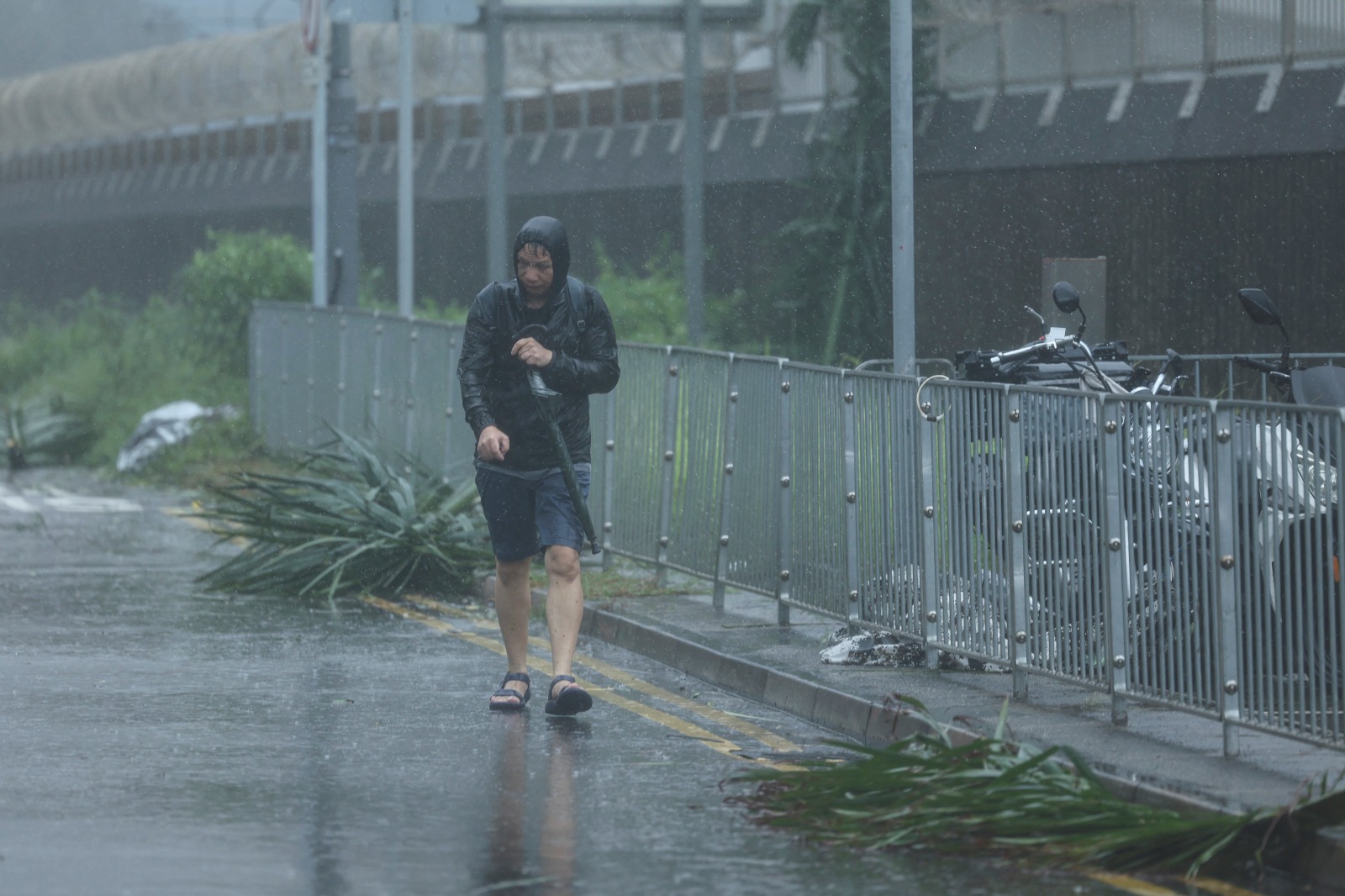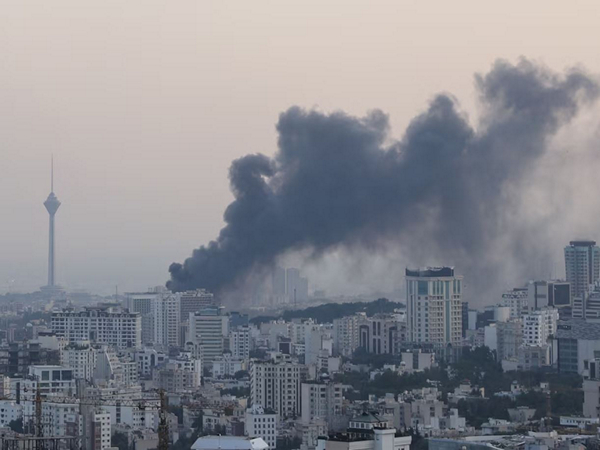
Climate change 'threatens' Southeast Asia
Aug 14, 2025
Washington [US], August 14: Major cities in Southeast Asia are at great risk of being impacted by natural disasters due to the effects of climate change.
A recently published analysis shows that major cities in Southeast Asia face a high risk of economic damage from climate threats and that indifference to prevention could cause huge economic losses, according to Fortune magazine on August 12.
High risk or higher
In late July, images of a couple in the Philippines getting married in a church flooded by Typhoon Wipha were widely shared by international media. After devastating the Philippines, the storm swept through southern China and central Vietnam, causing floods and serious damage to people and property. Countries like the Philippines and Vietnam have many typhoons every year, but experts say climate change is making these weather phenomena more severe. More broadly, cities in Southeast Asia are facing increasing climate risks due to dense populations, frequent heavy rains and underdeveloped infrastructure.
According to a new analysis by Zurich Resilience Solutions (ZRS), a risk management unit of the Swiss insurance group Zurich, six major cities in Southeast Asia, including Bangkok, Jakarta, Kuala Lumpur, Manila, Singapore and Ho Chi Minh City, face high or higher risks from now until the end of the 2040s from extreme weather events such as heavy rains, heat waves and rising sea levels. Among them, Manila, Bangkok, Singapore and Jakarta are the most vulnerable cities to climate with many weather hazards targeting key infrastructure.
The analysis focuses on key infrastructure such as airports, ports, and cultural landmarks, and assesses the impact under the SSP2-4.5 sustainable development scenario, one of five commonly used scenarios to assess the impact of climate change. The SSP2-4.5 scenario projects medium-term greenhouse gas emissions, with global average temperatures rising by approximately 2 degrees Celsius between 2041 and 2060. Under that scenario, Manila would be at serious risk of extreme rainfall, storm surges, sea level rise, and flooding , threatening trade and cultural preservation. Bangkok and Jakarta would also be at risk of more severe flooding due to their geographic location and existing water management challenges.
Financial risk
Faced with this prospect, governments and the private sector have invested in projects to increase resilience. In Singapore, an additional S$5 billion (US$102,499 billion) has been earmarked for a coastal protection and flood prevention fund this year to support new structures such as reservoirs, canal expansions and the elevation of buildings. Failure to invest in risk mitigation could cost cities dearly.
Singapore-based real estate company City Developments Limited (CDL), ranked 139th in the Fortune 500 list of Southeast Asia's largest companies , estimated in 2023 that it could lose S$120 million by 2030, equivalent to 4% of its 2024 revenue, if it did not take action to prevent risks from climate change.
A recent report from the World Economic Forum and the Singapore International Foundation estimates that the impact of climate change could reduce Southeast Asia's GDP by up to 25% by 2050.
Source: Thanh Nien Newspaper








